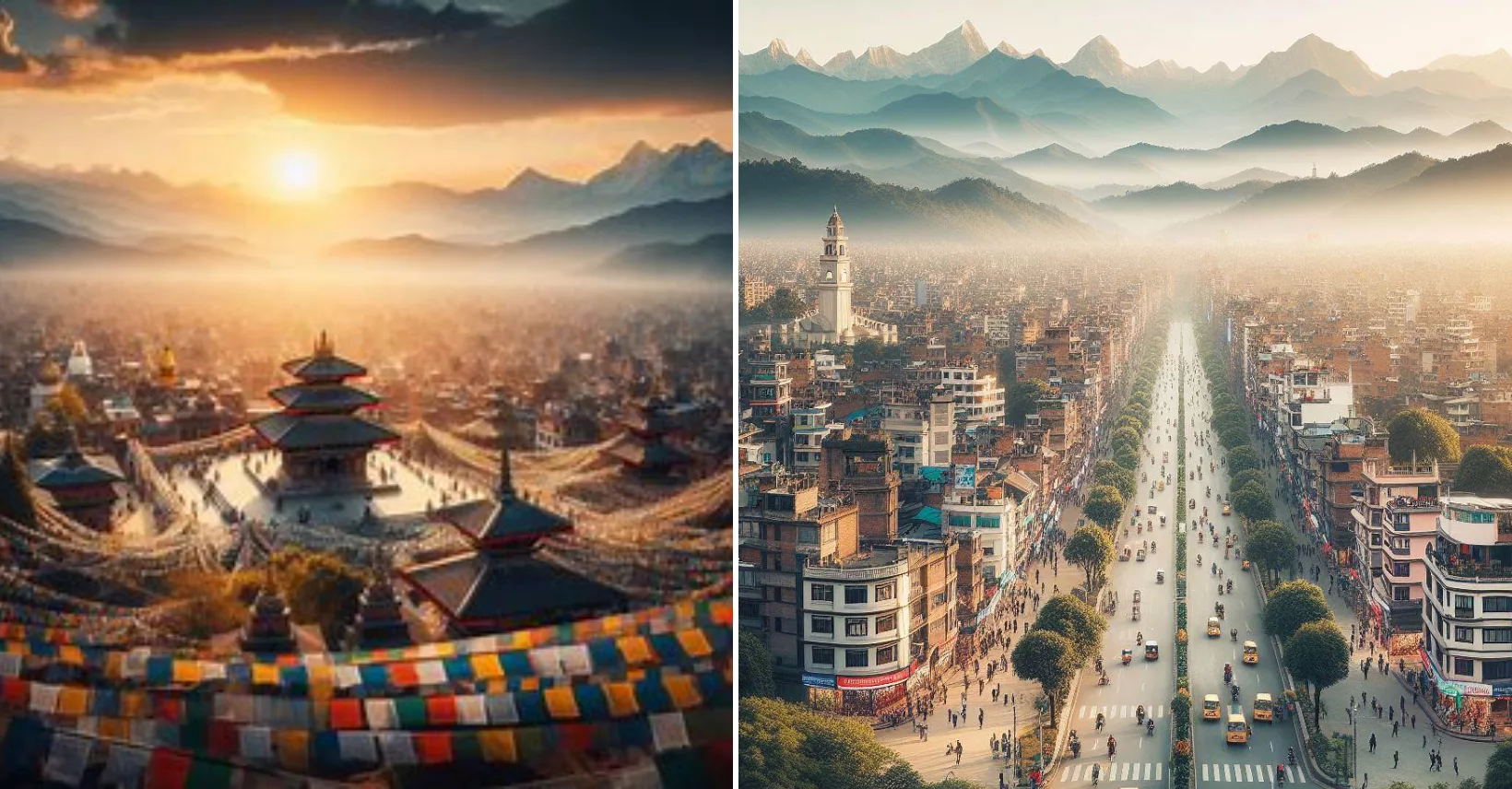Kathmandu, Nepal’s capital, is set in a valley surrounded by the Himalayan mountains. At the heart of the old city’s mazelike alleys is Durbar Square, which becomes frenetic during Indra Jatra, a religious festival featuring masked dances. Many of the city’s historic sites were damaged or destroyed by a 2015 earthquake. Durbar Square’s palace, Hanuman Dhoka, and Kasthamandap, a wooden Hindu temple, are being rebuilt.The original name of Kathmandu was Manju-Patan! This name dates back to the 7th century, when the city was founded by Raja Gunakamadeva. The city was later renamed Kathmandu, which means “wooden temple” in Nepali. It is also one of the best tourists attractions in Nepal.
The current metro area population of Kathmandu in 2023 is 1,571,000, a 3.29% increase from 2022. The metro area population of Kathmandu in 2022 was 1,521,000, a 3.33% increase from 2021. The metro area population of Kathmandu in 2021 was 1,472,000, a 3.37% increase from 2020.
Kathmandu is particularly famous for its religious monuments. Various temples, monasteries, and stupas adorn the city’s landscape, particularly the Pashupatinath Temple and the Changu Narayan which are famous for their stunning, intricate religious artworks.
In previous years, Kathmandu was said to be one of the most polluted cities of Nepal. The atmosphere of Kathmandu was not slightly compatible than that of any cities in Nepal especially the Terai Region with the chaos, dust everywhere.
The city of Kathmandu is a lot cleaner than it was, say, a year ago. Mayor Balendra Shah has done a great job managing roadside garbage, removing dust particles from streets, and adding much-needed greenery to the concrete jungle. He has also started the process of removing loose wire, set up shelters for stray cattle and even started a facility to separate biodegradable waste from the non-degradable kind.
The revamped image of Kathmandu is testament to the fact even a single person can bring meaningful change to people’s lives. That is the good part about Mayor Shah. Yet what we have seen during his year and a half in office is a tendency to “bulldoze” his way to development. To make the pavements pedestrian-friendly, Shah has often used force to clear away street vendors. The city police have upturned vegetable and chatpate carts, even as their owners begged for a smidgen of mercy. The city police have been as ruthless in their determination to remove riverside squatters.
Now recognized by Unesco as an ‘intangible cultural heritage of humanity’, these “community dining and culinary practices in a multicultural urban context… serve as ‘community dining rooms’ where people from diverse backgrounds gather and share the experience of dining over breakfast, lunch and dinner.”
The UN body notes that as a social space that embraces people from diverse socioeconomic backgrounds, hawker centres play a crucial role in enhancing community interactions and strengthening the social fabric. No, we don’t think similar centres can sprout up in Kathmandu overnight. It will be a long-term project. But a start must be made. Moreover, for a highly driven person like Mayor Shah who also has higher political aspirations, crafting an eco-friendly and equitable melting pot of people and ideas is a more worthy goal to aspire to. If someone can pull this off, it’s him.
The reason plans for dedicated areas where street vendors can ply their trade or for the resettlement of refugees have not worked is that the KMC has gone about it in a rather haphazard way. There was little homework on how to develop alternate centres for commerce or housing. For instance, in the case of street vendors, Singapore’s hawker culture offers a useful lesson.

